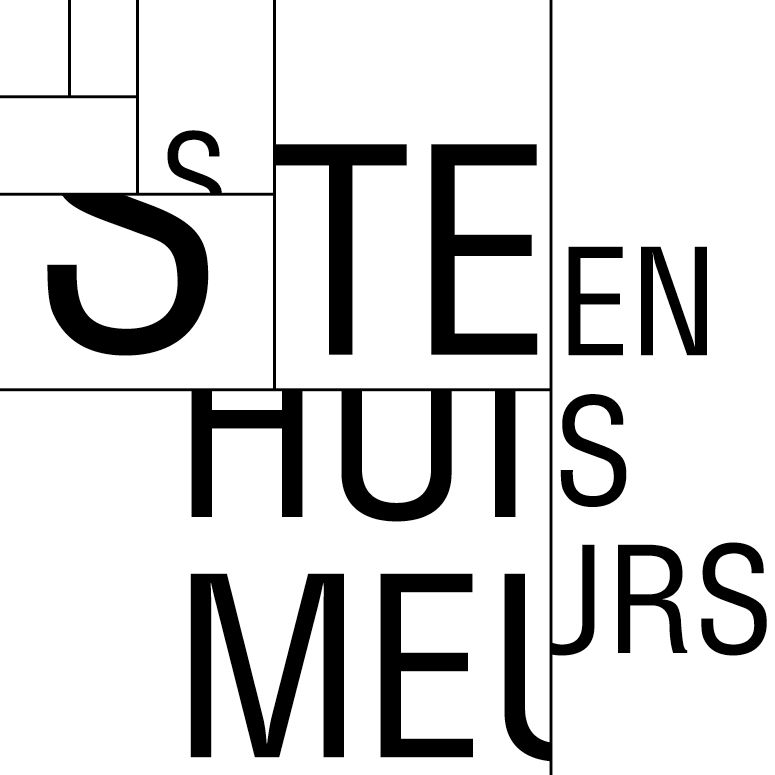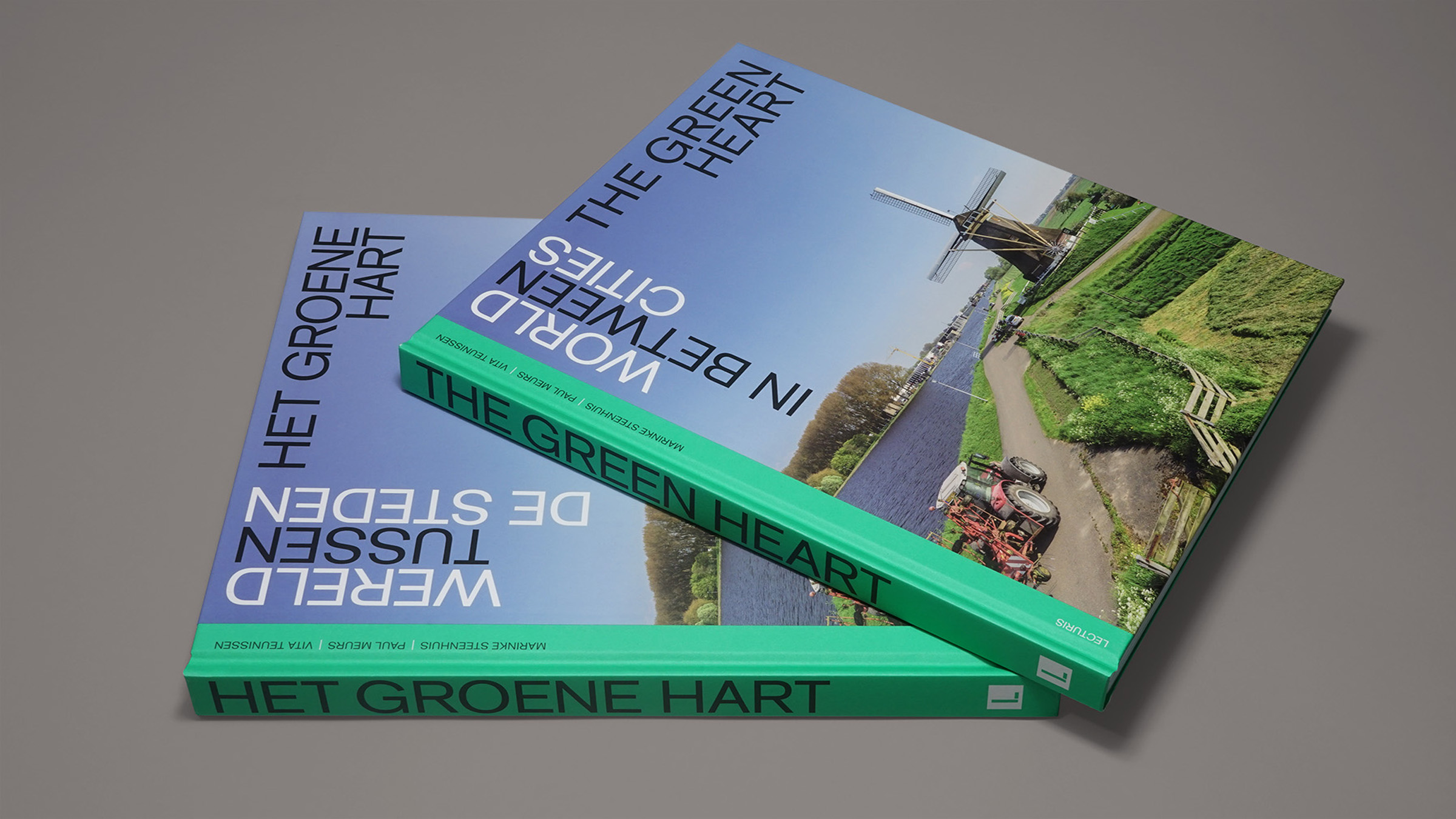
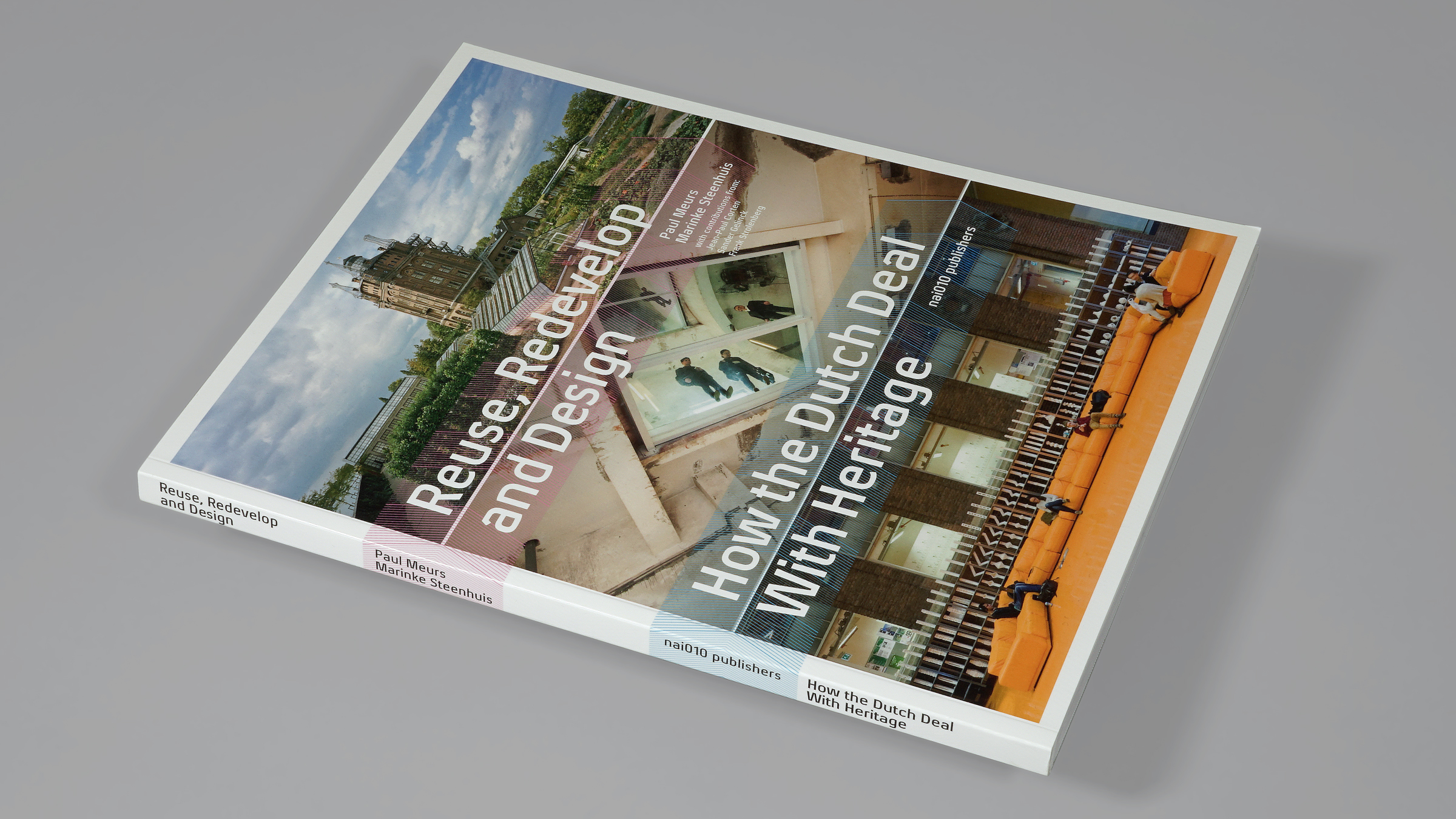
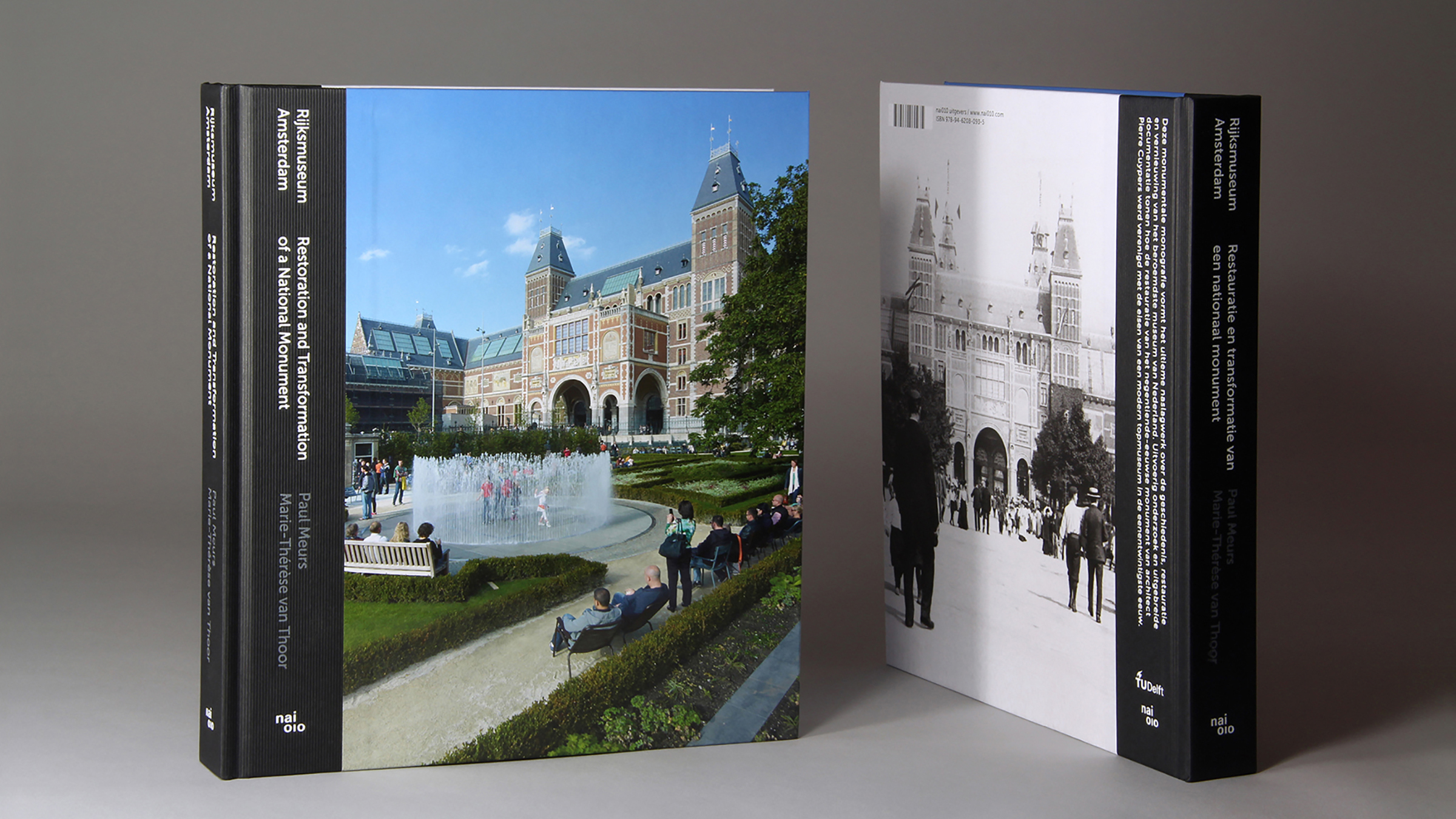
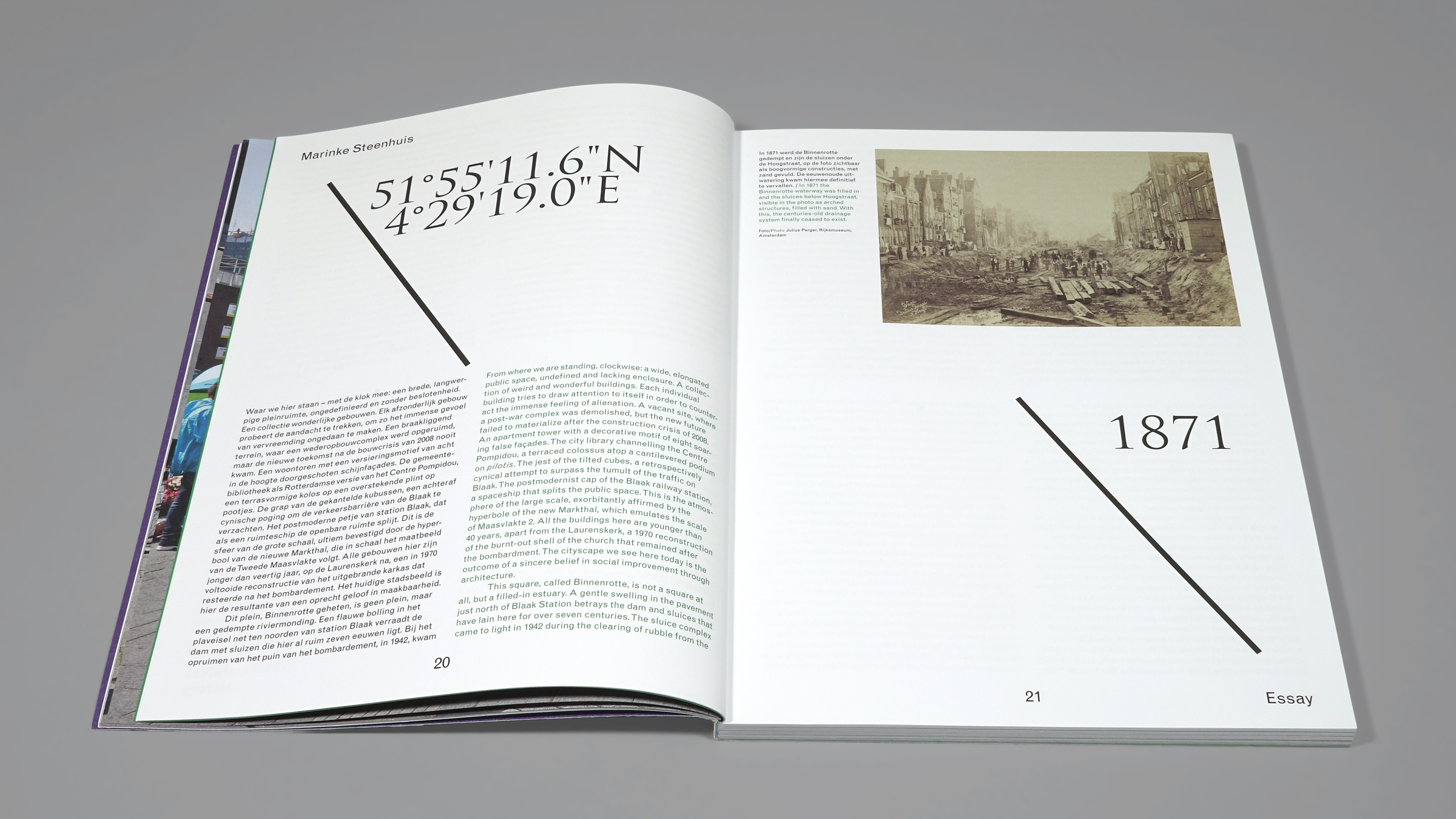
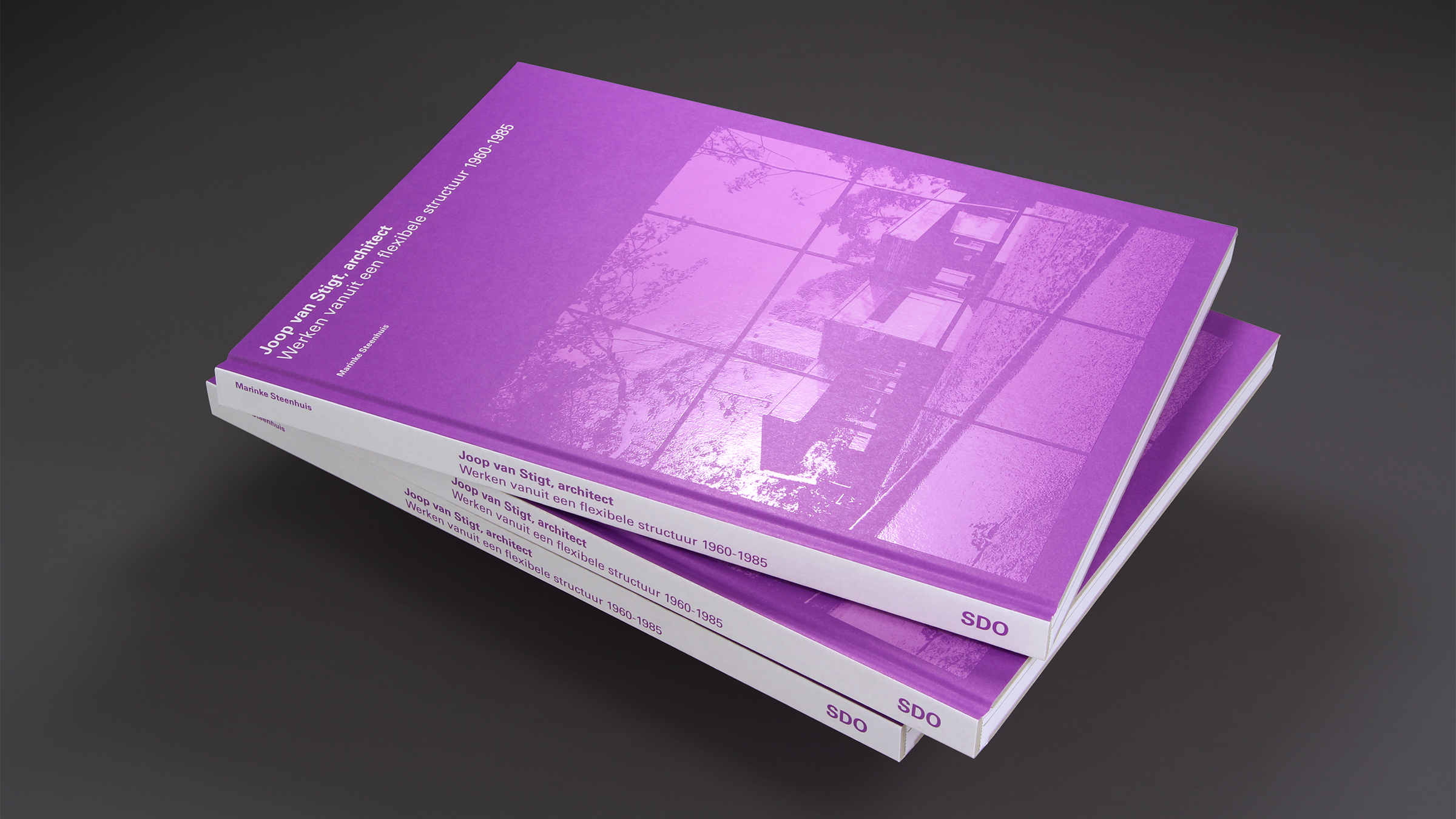
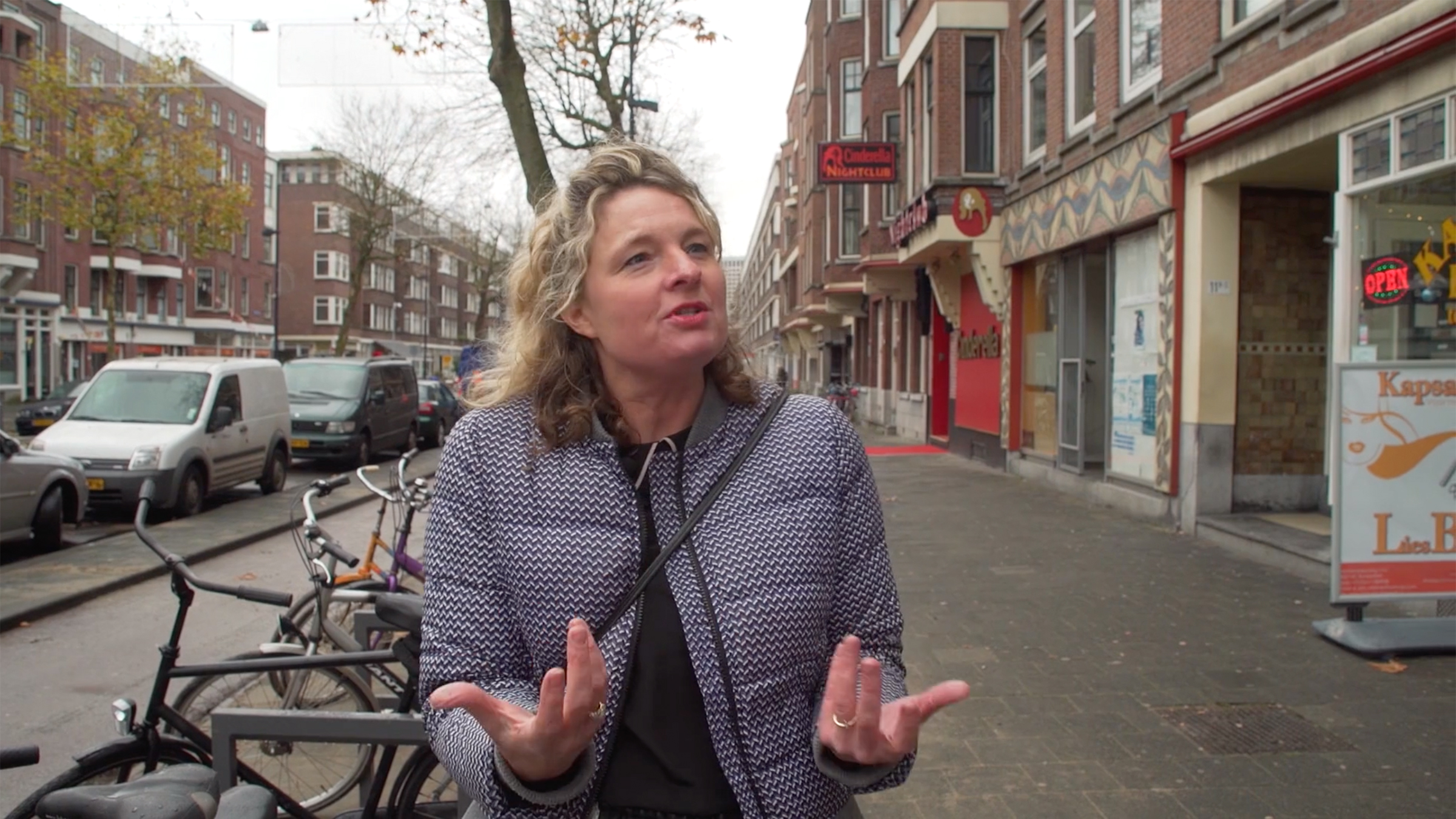
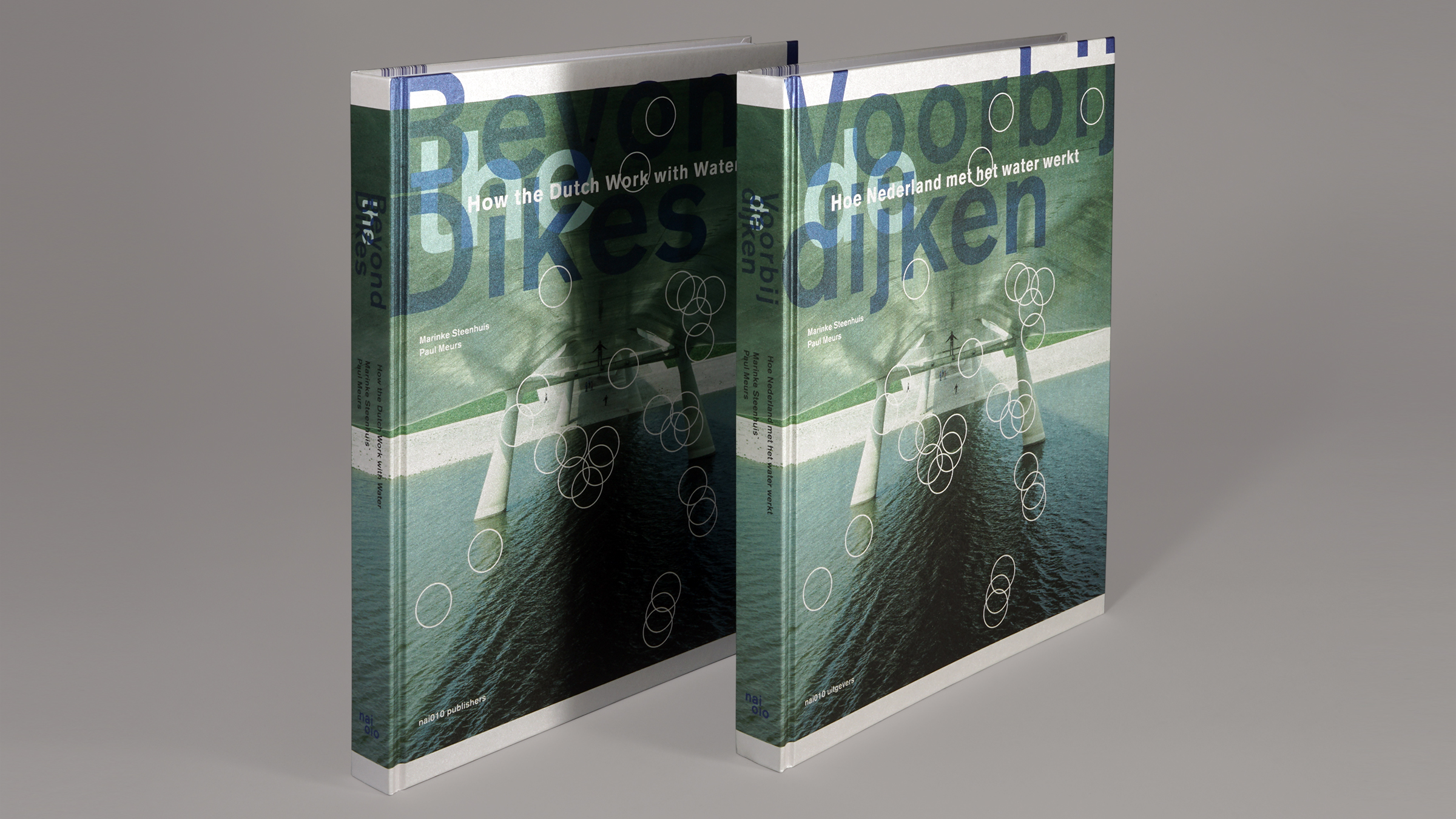
ACTUEEL
WAT DOET STEENHUISMEURS?
Alle kennis die we opdoen, delen we graag met anderen. Wij dragen onze passie voor cultuurhistorie, onze projecten en onderzoeksterreinen uit naar de meest uiteenlopende gezelschappen; van professionals tot historische verenigingen en bewonersgroepen. Wij verzorgen presentaties en lezingen, schrijven artikelen, nemen deel aan inspiratie-events, symposia en filmproducties en laten van ons horen via interviews en social media. Regelmatig verschijnen boeken van onze hand, meestal in samenwerking met nai010 uitgevers. Onderzoeken waarover we publiceren, verrichten we in opdracht of initiëren we zelf.







ACTUEEL
WAT DOET STEENHUISMEURS?
Alle kennis die we opdoen, delen we graag met anderen. Wij dragen onze passie voor cultuurhistorie, onze projecten en onderzoeksterreinen uit naar de meest uiteenlopende gezelschappen; van professionals tot historische verenigingen en bewonersgroepen. Wij verzorgen presentaties en lezingen, schrijven artikelen, nemen deel aan inspiratie-events, symposia en filmproducties en laten van ons horen via interviews en social media. Regelmatig verschijnen boeken van onze hand, meestal in samenwerking met nai010 uitgevers. Onderzoeken waarover we publiceren, verrichten we in opdracht of initiëren we zelf.
THE DUTCH BRASILIAS
THE DUTCH BRASILIAS
curator: SteenhuisMeurs
design: Beukers Scholma
made possible by: the Dutch ambassy in Brasil and Dutch Culture
In november 2022, the ambassador André Driessen opened the exhibition about The Dutch Brasílias at the National University of Brasília (UNB), dedicated to the Zuiderzeepolders. Over 60 years ago, Brasilia became the capital of Brazil. Brasília is unlike any other city in the world. The Brazilian capital bears a unique quality in its monumental modern architecture, urban layout, Brazilian landscape and the vocation of national capital. For its exceptional trajectory and appearance, Brasília’s Plano Piloto became listed as World Heritage as early as 1986. The ideas behind the urbanism and architecture of Brasília have a universal dimension. The same ideas were the basis for urban extensions and the construction of New Towns and cities around the world.
In the large land reclamations of the Zuiderzee, the Dutch could realize their utopias without compromise just like Brasilia. The so-called Zuiderzeewerken shaped a New World on the old continent. The Dutch reclaimed the land and subsequently had to build up a complete society on the bottom of the (former) sea. There are similarities between the Dutch polders and Brasília (Plano Piloto and Cidades Satelites), but there are also striking differences. The youngest city in the polders, Almere, started as a dormitory town for nearby Amsterdam and now is one of the largest cities in the country. The central location and short distances made the New World of the Zuiderzeepolders complementary to the Old World of the Netherlands, in particular to the region around Amsterdam. And Almere Oosterwold, where inhabitants have total freedom, and responsibility, will remind Brazilians of the favelas, where the municipality is also completely absent when it comes to urban planning.
At the opening of the exhibition, UNB organised a colloquium, discussing how to deal with the inheritance and heritage of the pioneers of the Netherlands and Brazil.

STEENHUISMEURS BV 050 30 80 100
STEENHUISMEURS BV 050 30 80 100
